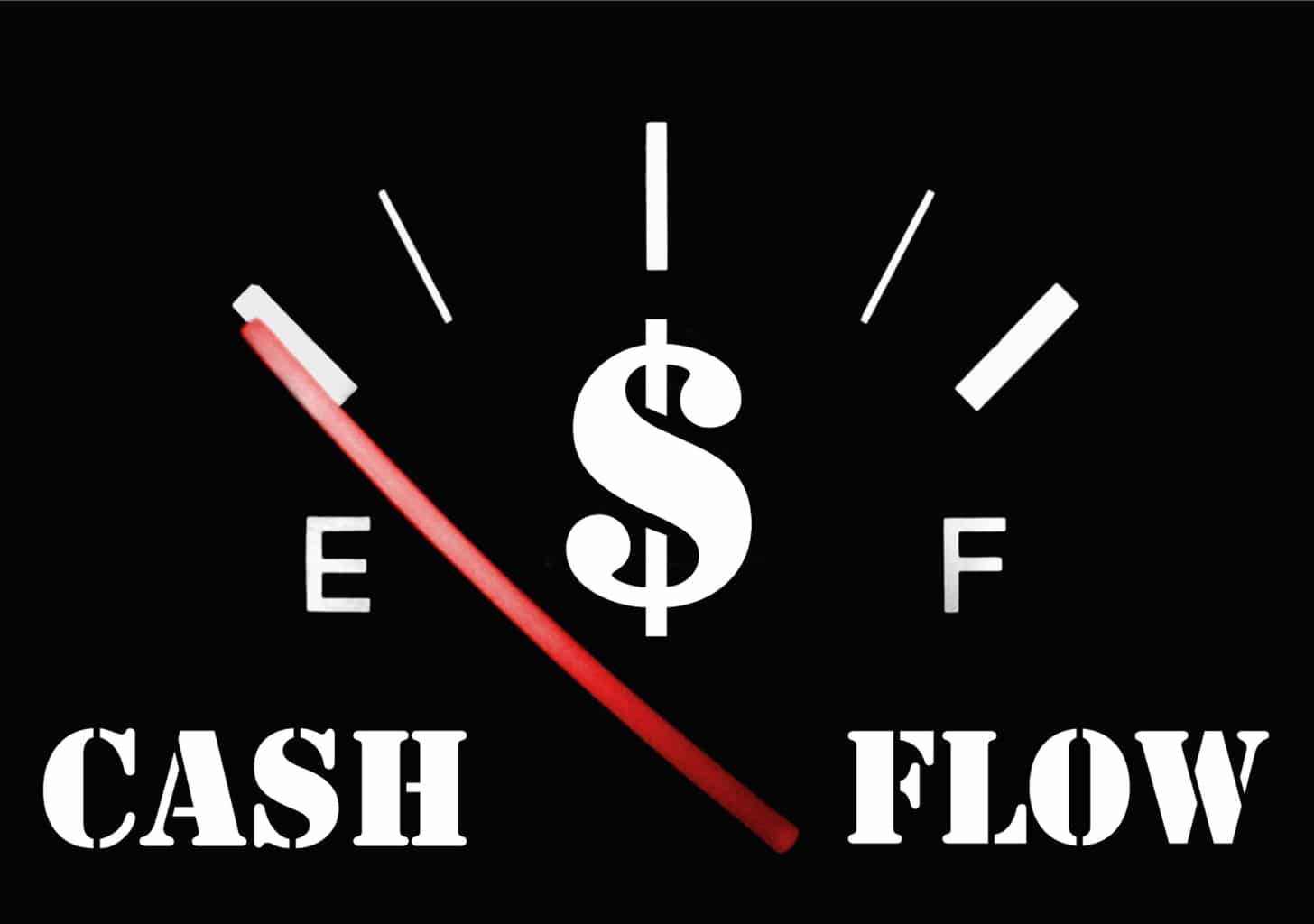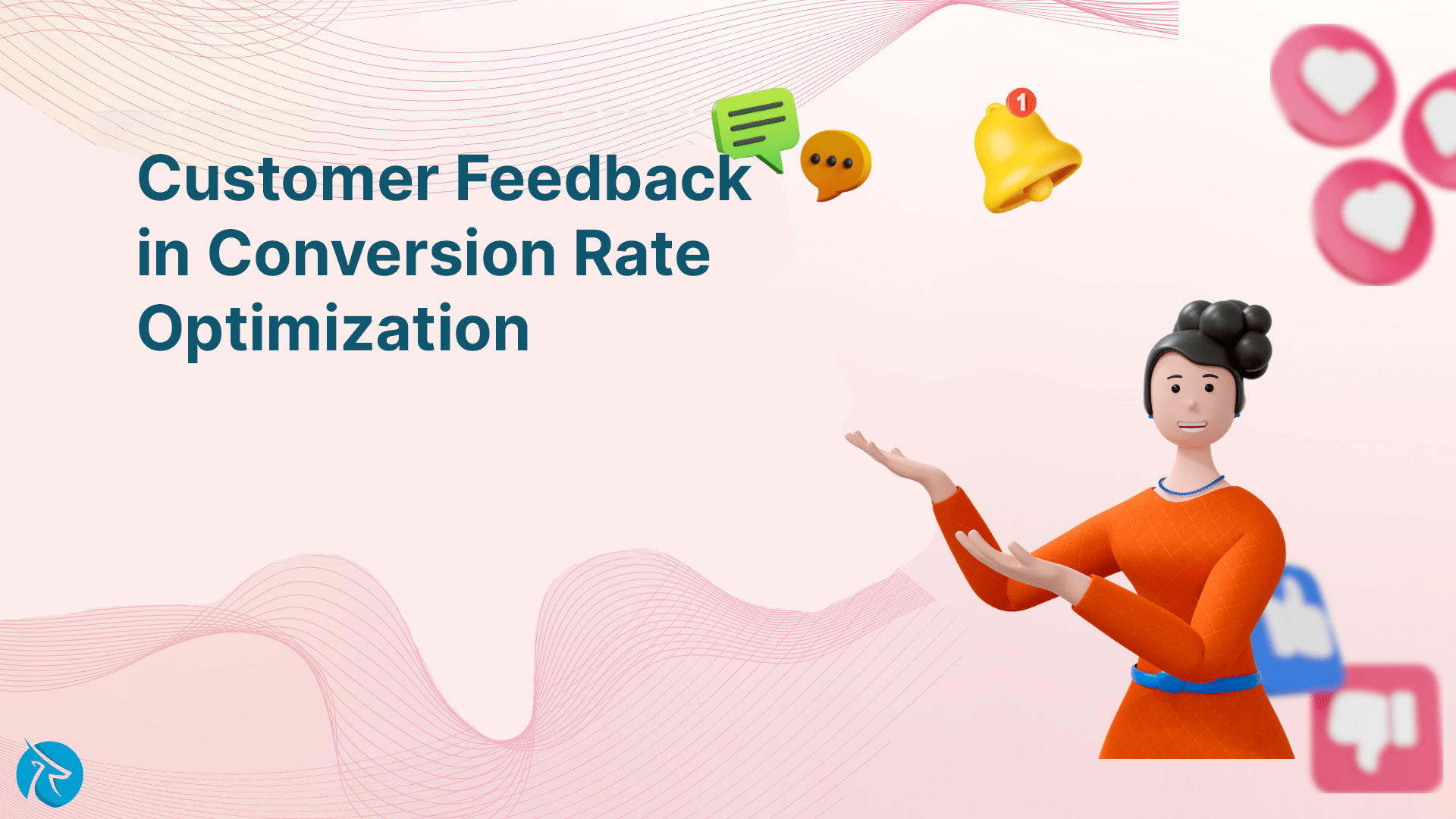A How-To Guide To Cash Flow Forecast On eCommerce

Unsure how to manage your eCommerce business's cash flow? This guide from Fordeer provides a step-by-step approach to creating a cash flow forecast. Let’s learn how to predict future income and expenses, identify potential shortfalls, and make informed financial decisions for your online store.
Overview of Cashflow
Cash flow and its importance for eCommerce businesses
Cash flow, the lifeblood of any business, holds particular significance for e-commerce ventures. While profit indicates a company's financial success, cash flow reflects its ability to meet immediate financial obligations. E-commerce businesses often operate with a time lag between receiving customer payments and paying suppliers. Inventory needs to be purchased upfront, while customer payments might take days or even weeks to clear. This creates a crucial need for managing cash flow effectively.
Positive cash flow, where incoming cash exceeds outgoing expenses, ensures a business can pay its bills, invest in growth, and remain operational. Conversely, negative cash flow can cripple an e-commerce business. Even a profitable company can face financial difficulties if it lacks sufficient cash on hand to cover essential expenses. This can lead to missed payments, strained relationships with suppliers, and ultimately, hinder the business's ability to function.
Therefore, for e-commerce businesses, prioritizing cash flow management is paramount. This involves meticulous tracking of income and expenditure, forecasting future cash needs, and implementing strategies to optimize cash flow. This might involve negotiating extended payment terms with suppliers, managing inventory levels efficiently, and exploring faster payment processing solutions. By closely monitoring and managing cash flow, e-commerce businesses can ensure their financial health and navigate the inherent lag in their business model.
The consequences of poor cash flow management
Poor cash flow management can cripple a business, leading to a domino effect of negative consequences. When incoming cash fails to meet outgoing expenses, vital operations are jeopardized. Delayed payments to vendors strain relationships, potentially hindering access to future supplies and impacting project deadlines. This can also damage the business's creditworthiness, making it difficult to secure loans or lines of credit at favorable rates.

Furthermore, a cash flow crunch can hinder growth opportunities. The incapacity to invest in marketing, research, or new equipment limits the business's ability to expand its customer base or improve its offerings. Additionally, the stress of maintaining a negative cash flow can lead to employee morale issues. Delayed salaries or benefits payments can cause frustration and hinder productivity. In severe cases, persistent cash flow problems can culminate in business closure, leaving employees jobless and creditors unpaid.
Therefore, prioritizing effective cash flow management is crucial for business health. Implementing strategies like budgeting, monitoring receivables, and controlling expenses is paramount to ensuring a steady flow of incoming cash and avoiding the detrimental consequences of financial mismanagement.
Steps to Creating a Cash Flow Forecast
Data Gathering
The cornerstone of any accurate cash flow forecast lies in meticulous data collection. Historical sales data is the initial building block, offering valuable insights into your business's past performance. Monthly sales figures unveil seasonal trends and fluctuations, enabling you to predict future cash inflows with greater accuracy. Don't just rely on historical figures, however. Incorporate anticipated sales growth based on market research, industry trends, and internal projections to further refine your forecast.
Understanding the average order value is equally important. This metric represents the typical amount a customer spends per purchase and significantly aids in estimating future cash inflows. But remember, sales figures alone don't paint the whole picture. Customer payment terms are another crucial factor impacting cash flow. Analyzing historical data on payment delays allows you to account for the time it takes customers to settle their dues. This involves incorporating a buffer period into your forecast, ensuring a realistic understanding of your cash flow, and preventing potential shortfalls due to delayed payments.
Going beyond sales figures, you must not only consider customer behavior but also look at historical trends in payment delays and late fees. You should segment your customer base by payment habits, which can further enhance the accuracy of your forecast. You should also analyze the time it typically takes for different customer groups (e.g., high-volume vs. low-volume buyers) to settle their accounts, allowing for a more granular prediction of cash inflows.
In essence, gathering this comprehensive data paints a clear picture of your business's financial rhythm. By meticulously examining historical sales patterns, anticipated growth, average order value, customer payment behavior, and even potential delays, you construct a reliable foundation for your cash flow forecast. This data-driven approach equips you to make informed financial decisions and navigate potential cash flow challenges with greater confidence.

Cash Inflow
Cash inflow forms the lifeblood of any business, and accurately forecasting it is vital for financial stability. This process hinges on meticulously examining two key aspects: historical trends and potential future influences.
Historical sales data serves as a goldmine of information. By analyzing past monthly or quarterly figures, you can identify seasonal trends and fluctuations in sales. This knowledge is instrumental in predicting future inflows. For instance, a business selling swimwear would expect a surge in sales during summer months and a dip during winter. Factoring in this seasonality paints a more realistic picture of upcoming cash flow.
However, solely relying on historical data isn't enough. Proactive planning requires considering external factors that can significantly impact sales. Planned marketing campaigns can act as a catalyst, influencing customer purchasing behavior and leading to spikes in cash inflow. Analyzing the budget allocated for marketing initiatives and past campaign performance allows you to estimate the potential increase in sales and subsequent cash flow.
Similarly, external events like holidays can trigger temporary surges or dips in sales. For example, retailers often experience a significant cash inflow during holiday seasons like Black Friday or Cyber Monday. Conversely, public holidays might lead to a temporary slowdown in business activity. By incorporating historical sales data around such holidays and factoring in any upcoming promotional events, you can adjust your cash flow forecast accordingly.
In conclusion, crafting an accurate cash flow forecast for inflows requires a two-pronged approach. While historical sales data provides a solid foundation, it's crucial to account for the potential influence of external factors like marketing campaigns and seasonal trends. By considering these elements, businesses can gain a more comprehensive understanding of their anticipated cash flow and make informed decisions regarding inventory management, staffing, and overall financial planning.
Cash Outflow
While data on income is crucial, a cash flow forecast wouldn't be complete without a clear picture of cash outflows. Here, a meticulous listing of all operational expenses becomes paramount. This includes fixed costs like rent, utilities, and salaries, alongside variable expenses like inventory purchases, marketing fees, and freight charges. Accurately estimating these expenses ensures a realistic understanding of your cash burn rate.
Don't be fooled by solely focusing on cash transactions. Factor in non-cash expenses like depreciation. Though they don't directly affect your bank account balance, they represent the gradual decrease in the value of assets over time, impacting your financial health. Additionally, taxes, both income and sales, need to be incorporated into the forecast. Understanding your future tax obligations allows for the proper allocation of funds to avoid any last-minute cash flow crunches.

You should look beyond day-to-day operations, and anticipate debt repayments, including principal and interest. You must schedule loan payments, which can significantly impact your cash flow, so factoring them in is crucial. Finally, you should consider planned investments in equipment, infrastructure, or marketing initiatives. While these expenditures might seem beneficial in the long run, they can cause temporary cash flow shortfalls if not properly accounted for.
Cash Flow Calculation
Having assembled the data puzzle pieces, it's time to translate them into a tangible picture of your financial health - the cash flow calculation. This process revolves around meticulously projecting the net cash flow for each designated period, typically calculated monthly.
At its core, the calculation is a straightforward subtraction: Inflows - Outflows = Net Cash Flow.
Inflows represent all the incoming sources of cash. This includes revenue generated from sales (factoring in the average order value and any anticipated sales growth), along with additional income streams like investments or receiving loans.
Outflows, on the other hand, encompass all the expenditures your business incurs. This includes operational costs like rent, salaries, utilities, and inventory purchases. Don't forget to account for tax obligations and any upcoming loan repayments.
By meticulously subtracting the total outflows from the total inflows for each period, you arrive at the net cash flow. A positive net cash flow indicates your business has more money coming in than going out, signifying financial stability. Conversely, a negative net cash flow suggests a potential cash shortage, prompting the need for immediate action.
This calculation serves as the backbone of your cash flow forecast. By analyzing the net cash flow across different periods, you can identify potential shortfalls and surpluses. This foresight empowers you to make informed financial decisions. For instance, if a negative net cash flow is predicted in the upcoming months, you might consider measures like delaying non-essential expenses, negotiating extended payment terms with suppliers, or seeking additional funding to bridge the gap.
Conclusion,
By implementing a cash flow forecast, eCommerce businesses gain a valuable roadmap for financial stability. Proactive planning based on accurate projections ensures you have the resources needed to cover expenses, capitalize on growth opportunities, and navigate unexpected circumstances.
For more invaluable information, stay updated with Fordeer Team!
- Install Fordeer Apps for Free
- Get immediate assistance by chatting with us.
- Join Fordeer Commerce Community for fresh app updates, expert tips, and private deals.











